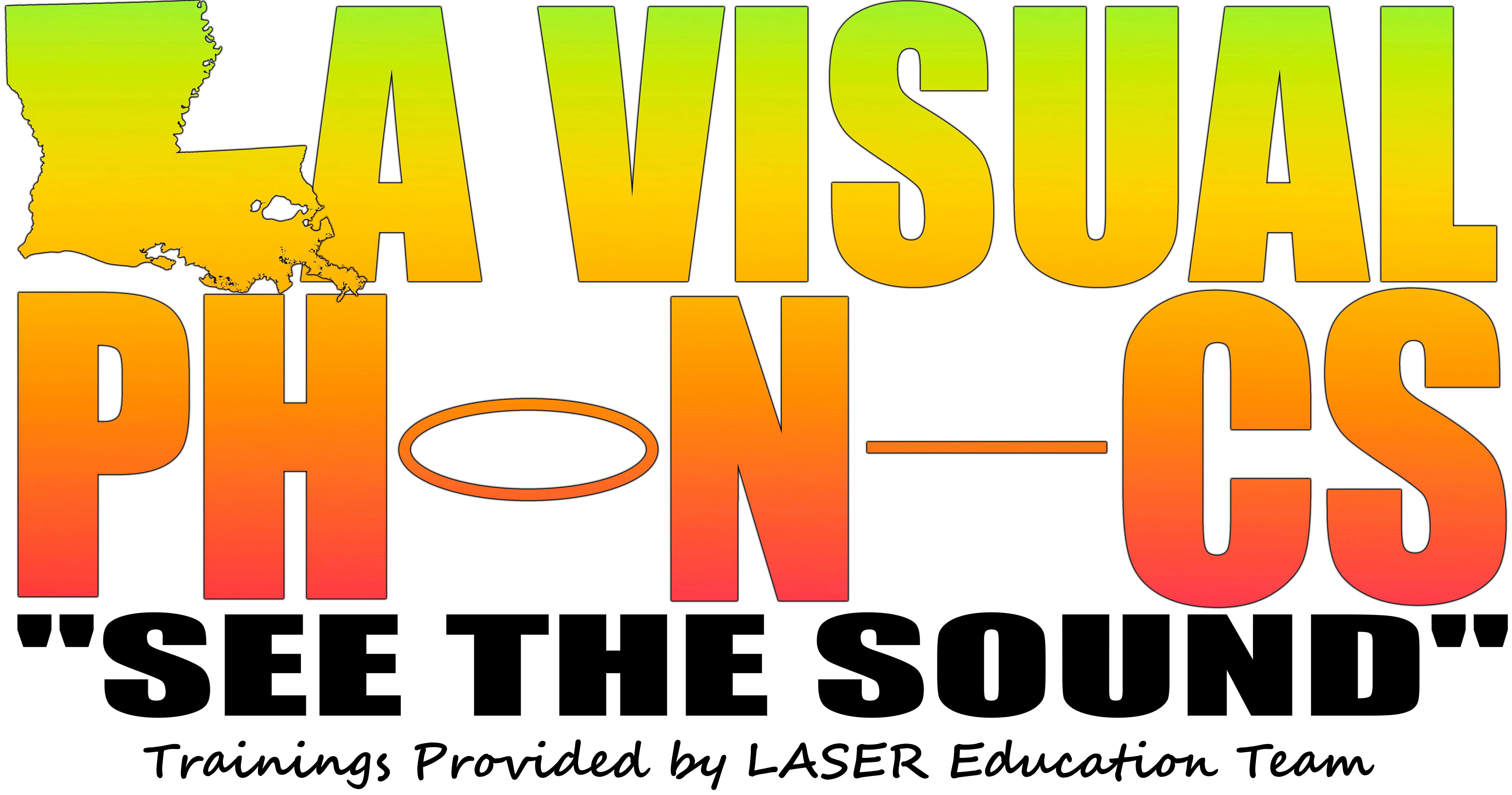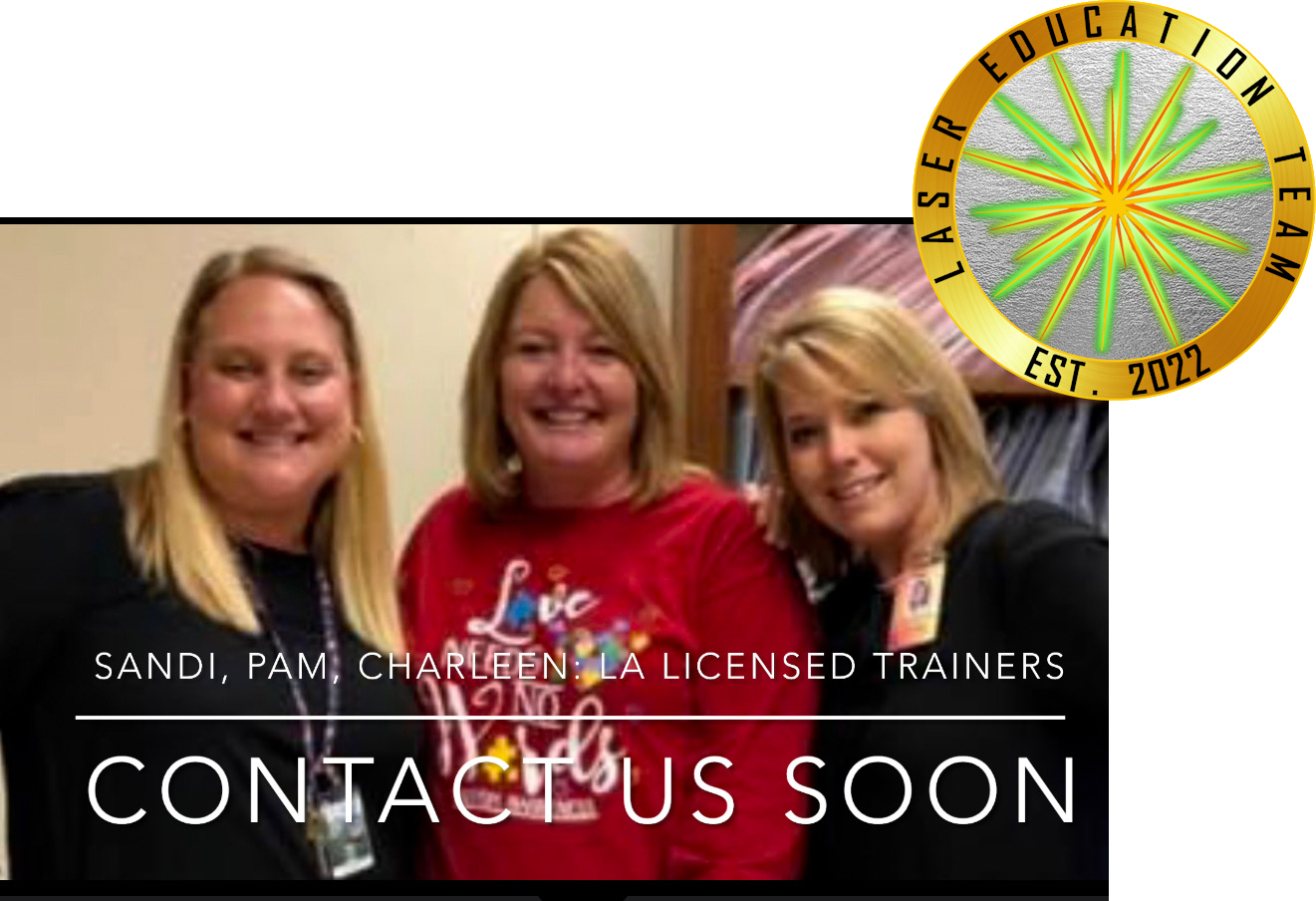Welcome to LA Visual Phonics. We strive to provide the education and resources needed to help every individual learn. Visual Phonics puts into perspective not only the written form of language but the real power of language, which is sound.
"There must be a way for all of us who are capable of thought to learn to the best of our abilities and be taught in the way that is best for us."
(Millie Snow, 1982.)
Since 1982, thousands of children and adults have used "See the Sound - Visual Phonics" to improve their reading, spelling, and communication skills. This is not just another reading and speech program. This is an entirely new approach that opens the door of sound.
See the Sound - Visual Phonics is a system of 52 unique hand cues and symbols that represent the sounds of English without the ambiguity of English orthography. Included are the sounds commonly referred to as vowels, consonants, diphthongs and digraphs. It is somewhat of a simplified, visual, kinesthetic version of the International Phonetic Alphabet (IPA).
In English there is not a consistent one-to-one correspondence between the letters in a word and the sounds those letters supposedly represent. Consider the words "dough," "through," "thought," "tough." In each case the "ough" stands for a completely different sound. Many beginning readers have no real problem with these ambiguities, but for others the "untrustworthiness" of English spelling becomes a life long handicap. It's too confusing for them and they simply never learn to decode well. They spend years in "remedial work" and never get the chance to read really deep or interesting text; many get frustrated and bored and end up giving up on reading entirely.
See the Sound - Visual Phonics has a way to break that cycle. Each student is taught a hand cue for each of the 46 sounds in English. Each hand cue is associated in some way with the production of the particular sound. The hand cue for the sound "t" makes is made by flicking the forefinger off the thumb at the same time the tongue "flicks" off the top of the mouth. The written symbol is a simplified picture of the hand cue. Most beginning readers remember the hand cue and then look at their hand to write the symbol. The written symbol for the "t" sound is

Once beginning readers have learned some or all (depending on age) of the hand cues, they can begin to decode words using these symbols as a crutch. They read  as they make the hand signs to help them blend the sounds into a word. All the symbols can be used at first and then reduced to only those letter combinations that are confusing, and finally dropped altogether as they learn to recognize the word on sight. Consider the four words we mentioned in the beginning:
as they make the hand signs to help them blend the sounds into a word. All the symbols can be used at first and then reduced to only those letter combinations that are confusing, and finally dropped altogether as they learn to recognize the word on sight. Consider the four words we mentioned in the beginning: The Visual Phonics symbols make it very easy to teach the differences in sound and spelling. Because the sounds and written symbols are so perfectly consistent many readers internalize the standard spelling rules without being taught them directly. This speeds up their reading and improves comprehension.
The Visual Phonics symbols make it very easy to teach the differences in sound and spelling. Because the sounds and written symbols are so perfectly consistent many readers internalize the standard spelling rules without being taught them directly. This speeds up their reading and improves comprehension.
- Students that read below grade level in regular education settings, or in special service programs.
- Children in early education programs, also "at risk readers."
- Special education students and students with disabilities.
- Deaf and Hard of Hearing students (DHH), students with hearing loss at all levels.
- English Language Learners (ELL), students learning English as a second language.
- Adults who are not literate or read below an 8th grade level.

